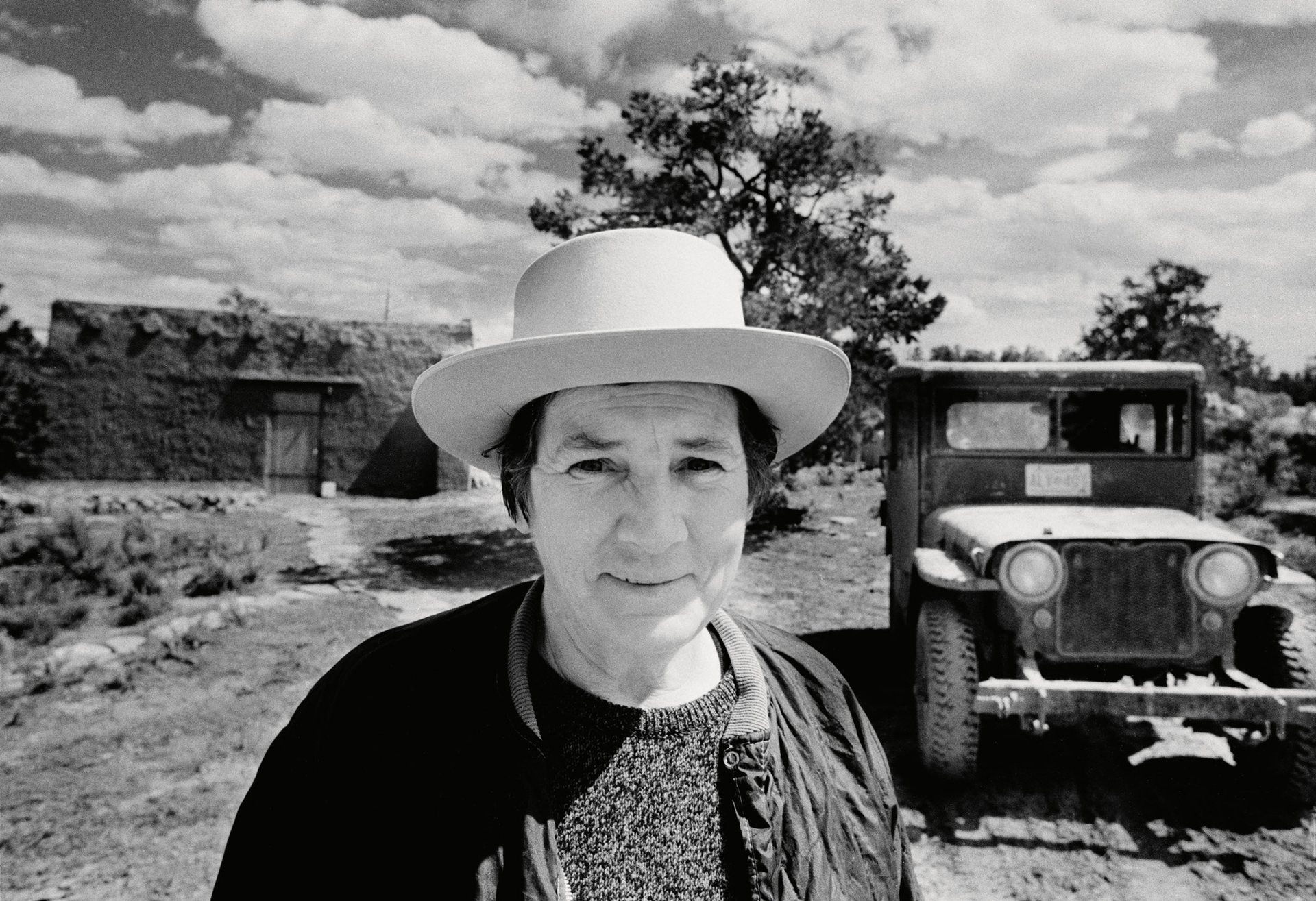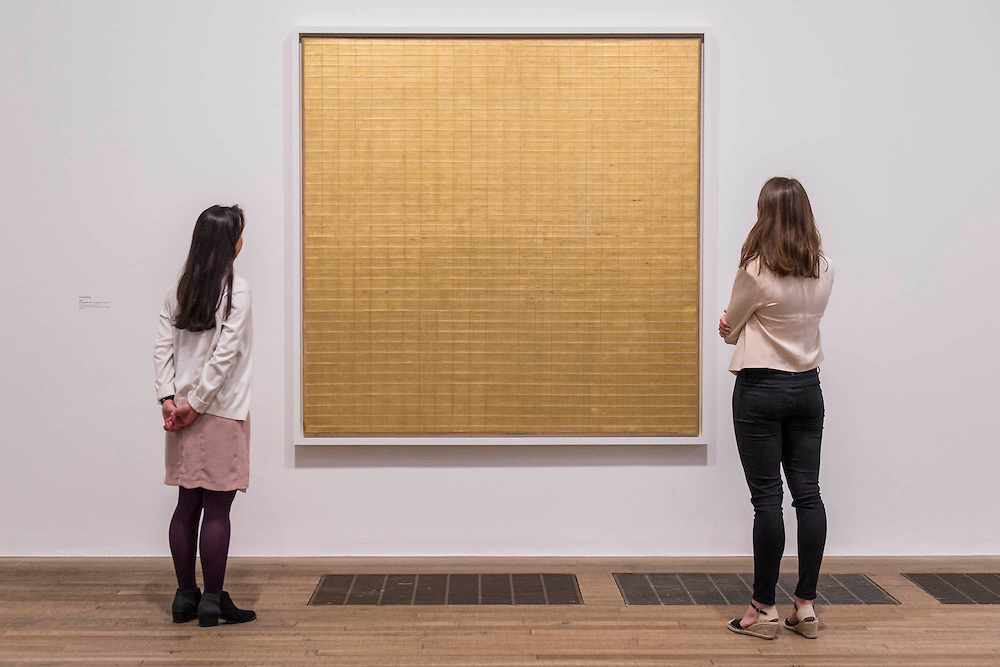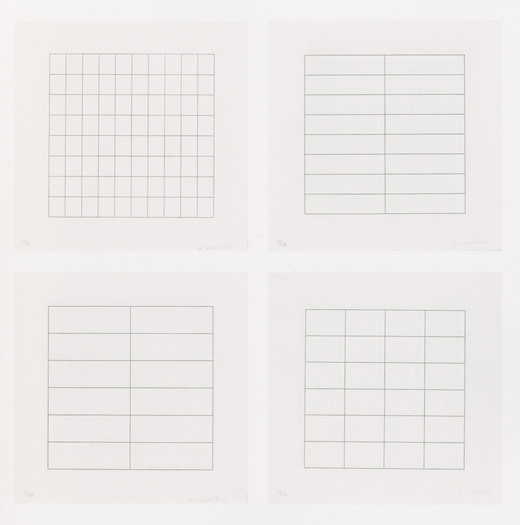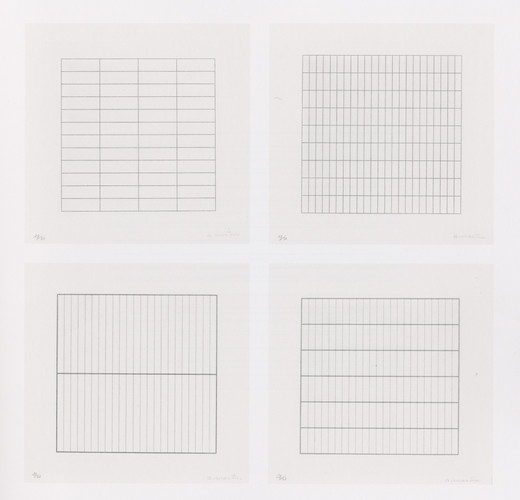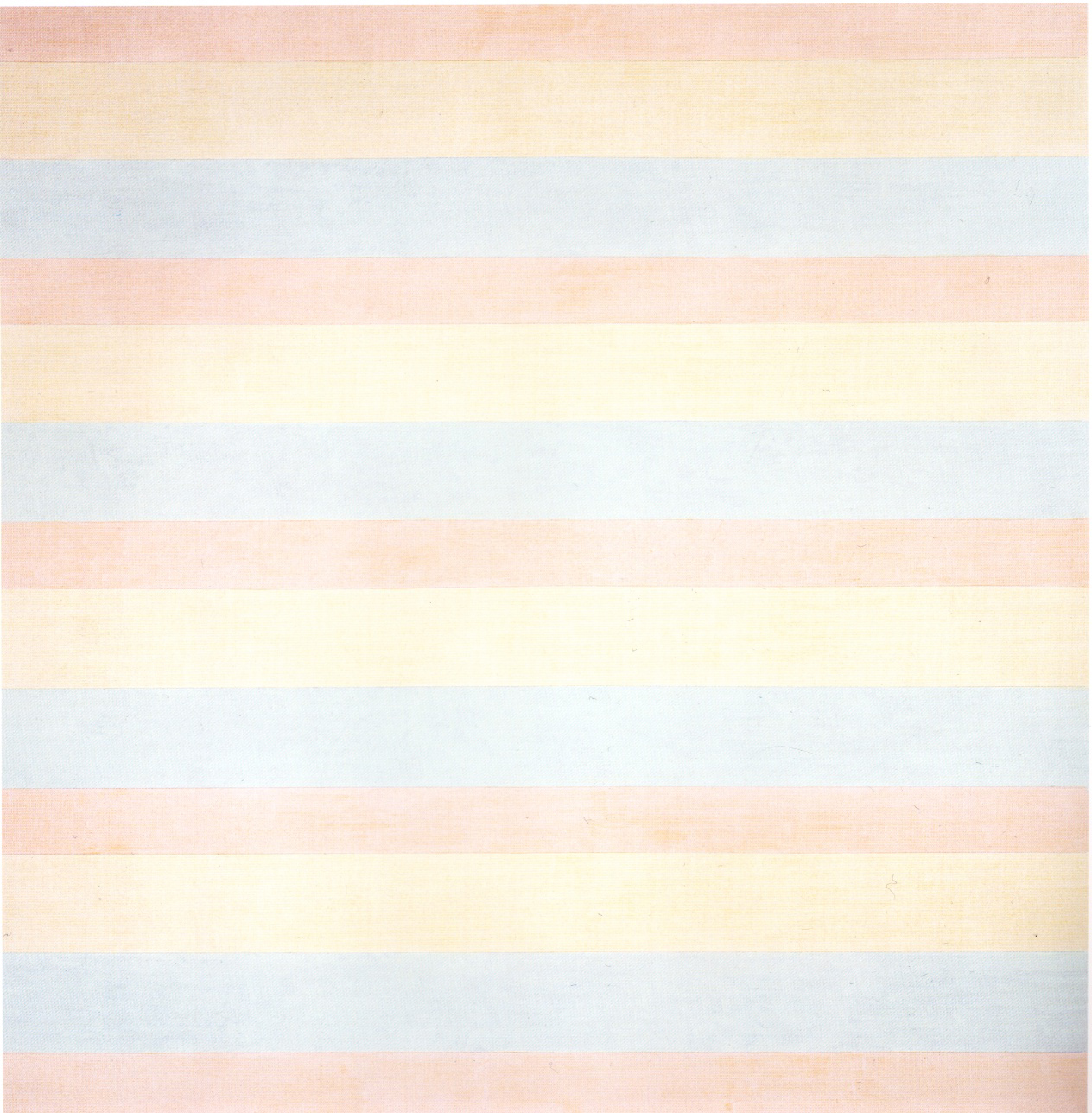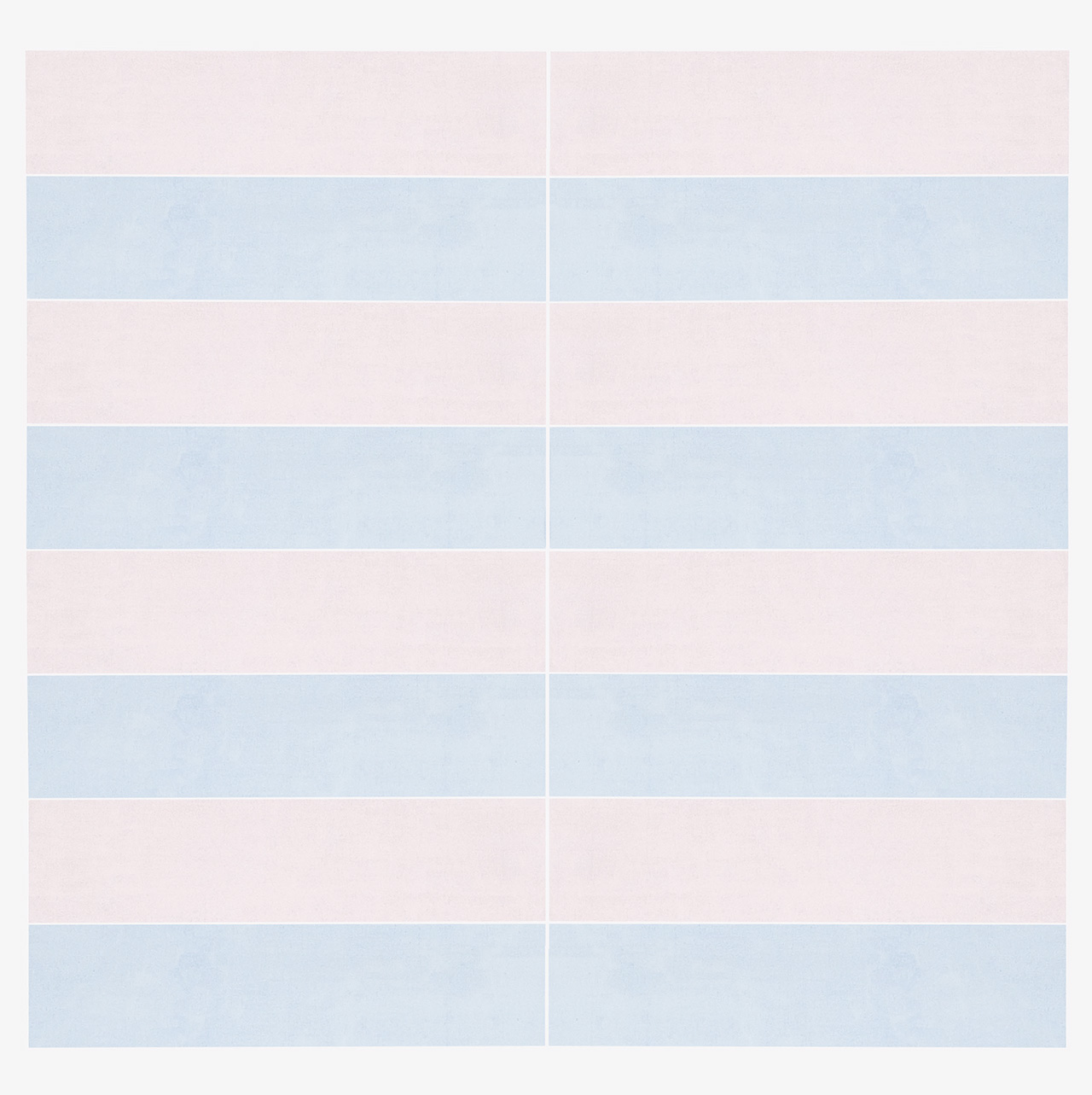Art is the concrete representation of our most subtle feelings.
Agnes Martin
Agnes Bernice Martin, born in Canada, was an American abstract painter. She’s often referred to as a minimalist, but considered herself an abstract expressionist. Her work has been defined as an “essay in discretion, inwardness and silence”. She thought of her works as studies in the pursuit of perfection.
In a career spanning five decades, Martin became known for her square canvases, meticulously rendered grids and repeat stripes. She created subtle and evocative canvases and explored limited compositional motifs yet discovered endless nuance and variation.
Her signature style was defined in a 6 x 6 foot square canvas, emphasised upon line, grids, and fields of extremely subtle colour. Martin’s paintings, statements, and influential writings often reflected an interest in Eastern philosophy, especially Taoist.
In the beginning of her career, Martin worked only in black, white, and brown before moving to New Mexico which then begun experimenting with colours.
Friendship (1963)
incised gold leaf and gesso on canvas
‘Friendship’ – a 72 inch square canvas is covered in gold leaf on to which a grid has been inscribed with an etching tool. Cracks appear between the golden rectangles. Could these represent the divisions and fragmented nature of human relationships? The solidity of gold rectangles juxtaposed with the paper thin white cracks in between lend the work a great sense of tragic romanticism in an abstract minimalist language.
The last painting before she abandoned her career, and left New York in 1967, Trumpet, marked a departure in that the single rectangle evolved into an overall grid of rectangles. In this painting, the rectangles were drawn in pencil over uneven washes of grey translucent paint.
On a Clear Day (1971)
In 1971, she broke her four-year artistic fast with a set of screen prints under the title – “On a Clear Day”. It marked a distinct new phase in her practice; restrained, reductive and strikingly minimalist. Back in New York, she had worked in strong tones of black, white and brown, but now she created delicate colour washes in pale blues, reds and yellows.
The works consists of thirty simple line grids printed on Japanese paper. The grids are all different, some are loosely woven, some dense, some closed, some open. The series throws down a quiet challenge: “Do we belong with those who find in it a cool and alluring openness or those who see it as merely vacant?”
Untitled 5 (1994)
During her time in Taos, she introduced light pastel (i love this!) washes to her grids, colours that shimmered in the changing light. Later, Martin reduced the scale of her signature 72 × 72 square paintings to 60 × 60 inches and shifted her work to use bands of ethereal colour.
In Untitled No. 4 (1994), the gentle striations of pencil line and primary colour washes of diluted acrylic paint blended with gesso. The lines, which encompassed this painting, were not measured by a ruler, but rather intuitively marked by the artist. (which i found that it’s super amazing, i can’t even draw a straight line)
Untitled 8 (1974)
All in all, I really love Agnes Martin’s work! Well, the minimalist soul in me was basically screaming when I saw her pieces.
The fact that her works are so simple that it’s made out of only lines (mostly horizontal), and she’s able to express her feelings, emotions and thoughts all in that square canvas, really amazes me… Also, how did she managed to freely draw an almost PERFECT LINE, well it’s not just one line.. theres like hundreds of them on such a huge canvas!! I mean, who does that!?
How she managed to choose the right colours that represents happiness, love or innocence, and the amount of lines to be drawn.. I’m not sure how she even does it.
She’s really cool.
When I think of art, I think of beauty. Beauty is the mystery of life. It is not in the eye, it is in my mind. In our minds there is awareness of perfection.
We see everything in its perfection. We say a new born baby is beautiful and when we enter a forest we do not see the falling trees and the rotting leaves. We see the perfection and we are inspired. We even hear a silence in the forest that is not really silence.
To progress in life you must give up the things that you do not like. Give up doing the things that you do not like to do. You must find the things that you do like. The things that are acceptable to your mind.
Agnes Martin

